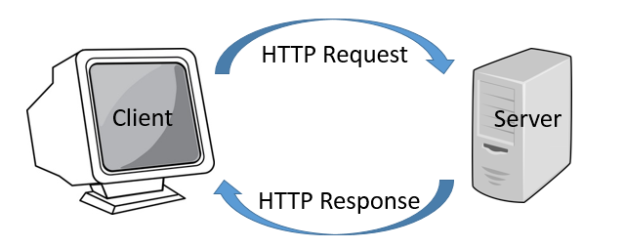Introduction –
The HyperText Transfer Protocol (HTTP), the Web’s application-layer protocol, is at the heart of the web. HTTP protocol is implement in two programs: a client program and a server program, executing on different on different end systems. Talk to each other by exchanging HTTP messages. HTTP defines the structure of these messages and how the client and server exchange the messages. Before explaining HTTP in detail, we should review some Web terminology.

Overview of HTTP protocol –
A web page (also referred to as a document) consists of objects. Associate in Nursing object is solely a file- like Associate in Nursing hypertext mark-up language file, a JPEG image; a Java application program, or a video clip– that’s available by one computer address. Most sites encompass a base hypertext mark-up language file and several other documented objects. For instance, if an online page contains hypertext mark-up language, text and 5 JPEG pictures. Then the net page has six objects; the bottom objects: the bottom hypertext mark-up language file and the 5 pictures. The bottom hypertext mark-up language file references the opposite objects URL’s. Every computer address has 2 components: the hostname of the server that homes the item and therefore the object’s path name. For instance, the URL,
http://www.someSchool.edu/someDepartment/picuture.gif
has www.someschool.edu for a hostname and /someDepartment/picture.gif for a path name. Because Web browsers (such as Internet Explorer and Firefox) implement the client side of HTTP protocol; in the context of the Web, we will use the words browser and clent interchangebly. Internet servers, that implement the server facet of hypertext transfer protocol, house internet objects; every available by a computer address. well-liked internet servers embrace Apache and Microsoft web data Server.
HTTP uses TCP as its underlying transport protocol (rather than running on prime of UDP). The hypertext transfer protocol shopper 1st initiates a TCP reference to the server. Once the association is established, the browser and therefore the server processes access TCP through their socket interfaces. On the client side the socket interface is the door between the client process and the TCP connection.




